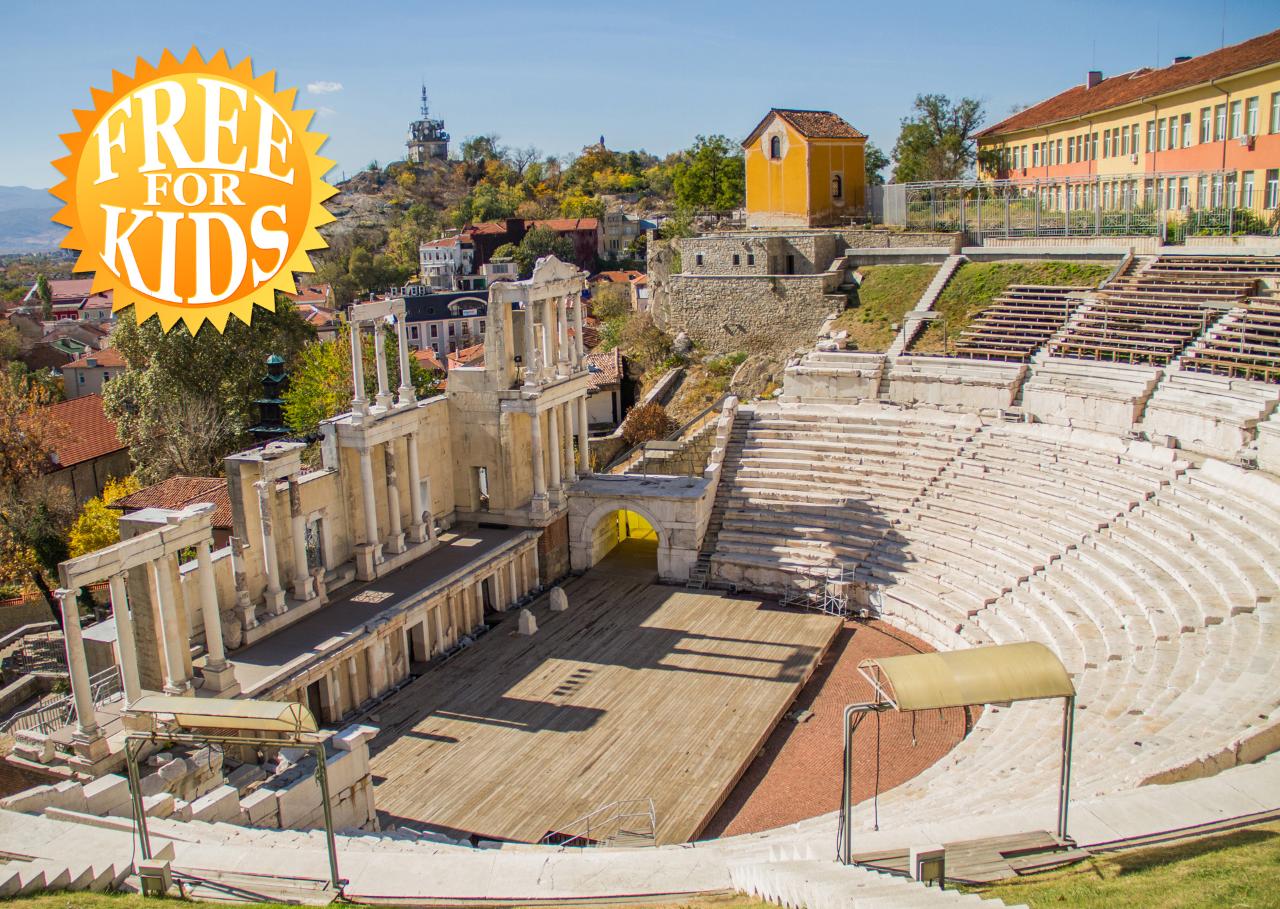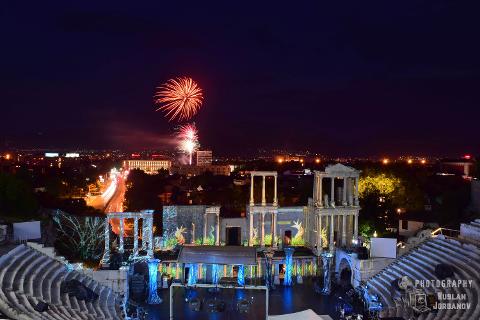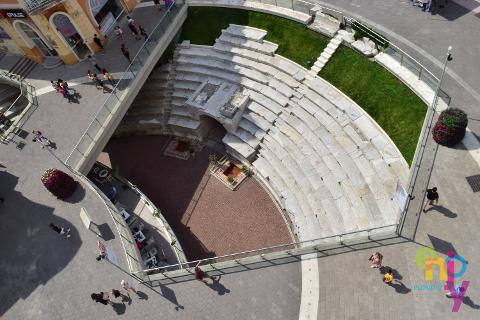Plovdiv's Top Attractions



- Duration: 4 Hours (approx.)
- Location: Plovdiv
- Product code: PLDTOP
About
This tour manages to capture the essence of the history, heritage and traditions of Plovdiv along with its main attractions, all in the span of a single day. Explore Plovdiv and walk among the remnants of ancient civilizations in its UNESCO World heritage sites. Get a taste of our local cuisine, complemented with Bulgaria’s large selection of exquisite wines. The most ancient currently inhabited city in Europe, with a history that dates back to 6th millennium BC, Plovdiv is a rich tapestry of several different cultures and historical periods and a definite must-see for any traveler.
Highlights
- Walk down the Street of Folk Art and Handcrafts
- Experience our culture at the Ethnographic Museum
- Enjoy a view of the city from atop Nebet Tepe hill
- See the beautiful Revival Period houses of the Old Town
- Discover the Ancient Roman Theatre
- Visit the Roman Stadium
- Get in touch with the local art scene at Kapana
- Go shopping on the Main Pedestrian Street
- Free refreshments available
Description
Our tour begins with Plovdiv’s famous Old Town historical and architectural reserve. This unique architectural museum contains buildings in the style of the Bulgarian Revival Period, ancient Roman and Thracian ruins, various monuments and landmarks, all coming together to perfectly illustrate the complicated history that has shaped this city into the Plovdiv of today.
We enter the Old Town through its north-eastern side for a visit to the St. Nedelya Church, a Bulgarian Revival Period architectural landmark. We continue down Stramna street, also known as the Street of Folk Arts and Crafts – a street full of small shops and market stalls that showcase a wide selection of handcrafts, traditional art and souvenirs that allow you to get in close contact with the local culture. From there we visit an artisan bakery house, where you take your pick between a huge variety of homemade bread and pastries. Stramna street takes us through Hisar Kapia, a medieval gate that is one of Plovdiv’s most famous landmarks.
On the western side of Hissar Kapia is the Plovdiv Regional Ethnographic Museum. Housing a collection of 40 000 cultural artifacts, including furniture, musical instruments, clothing, pottery, tools and household objects, it offers a unique look into the lifestyle of the people who inhabited this region in the past. The museum itself is an intricately decorated Bulgarian Revival Period house heavily featuring Baroque elements.
Just past the Ethnographic Museum is Nebet Tepe – one of the hills upon which the Old Town is built, and the location of what remains of an ancient Thracian fortress. This hill offers a magnificent view of the entire city.
On our way back from Nebet Tepe, we will pass by the Retro Photo studio, where you can take a dip into the local traditions and have your picture taken wearing an authentic Bulgarian folk costume.
Down the street from there are the Balabanov and Hindliyan Houses, known for their impressive architecture, furniture, wall paintings, intricate woodcarvings on the ceilings – a unique design in each room – and artworks.
The ground floor of the Balabanov House acts as an art gallery displaying a permanent exhibition of modern Bulgarian art. The second floor is lavishly furnished with late Baroque furniture.
Built in 1835-1840, The Hindliyan house is the most richly ornamented of all preserved houses in the Old Town.
We move back to visit the “St. Constantine and Helena” Church and continue through the streets of Old Town, lined with Revival Period houses, some of which are historical landmarks.
The crown jewel of the Old Town is the Roman Theatre, also known as the Ancient Theatre of Philipoppol – one of the best preserved in the world. Constructed in the 1st century AD, it was used for theatre performances, gladiator games and hunting spectacles. It is still in use today as a stage for cultural events.
After a lunch break we continue with a visit to the Main Pedestrian Street and its sights.
The ancient Roman Stadium, also known as the Stadium of Trimontium, is mostly buried beneath the city, except for its Northern part, which is uncovered and open to visitors. Games similar to the Pythian Games in Greece were held in the stadium. Here we can watch a short video describing the stadium’s history throughout the ages when it was still in use.
Adjacent to the Roman Stadium is Dzhumaya Mosque – built between the 14 th and 16 th centuries, it is one of the oldest Ottoman religious buildings on the Balkan Peninsula.
Our next stop is Kapana (i.e. “the Trap”) – Plovdiv’s famed art corner. Situated just to the right of this part of the Centrum, it is made up of a labyrinth of intertwining streets lined with modern art stores, stylish little cafes, building walls colorfully painted by talented street artists and constantly changing pieces of modern art scattered around every corner.
Be sure to check for any fun events scheduled during your holiday in Plovdiv.
The tour ends with a trip to the best shopping spots in the immediate area, where you can browse and shop for presents and souvenirs.
The price includes
- Tour guide
The price does not include
- Entrance fees
Notes
Visitors are advised to wear comfortable shoes – the tour involves walking through the cobbled streets of the Old Town.

